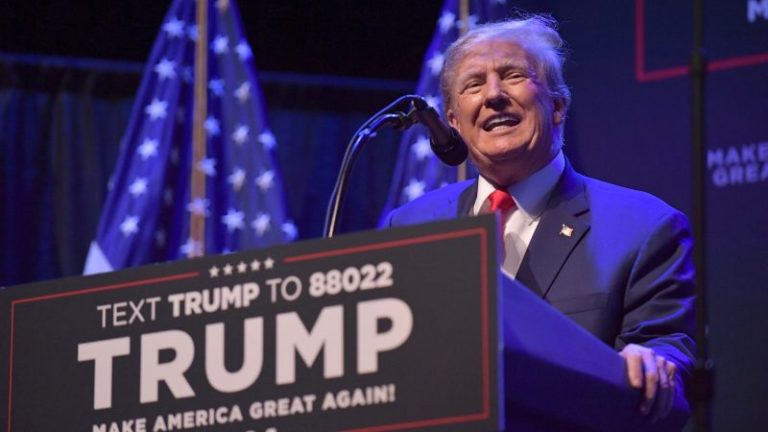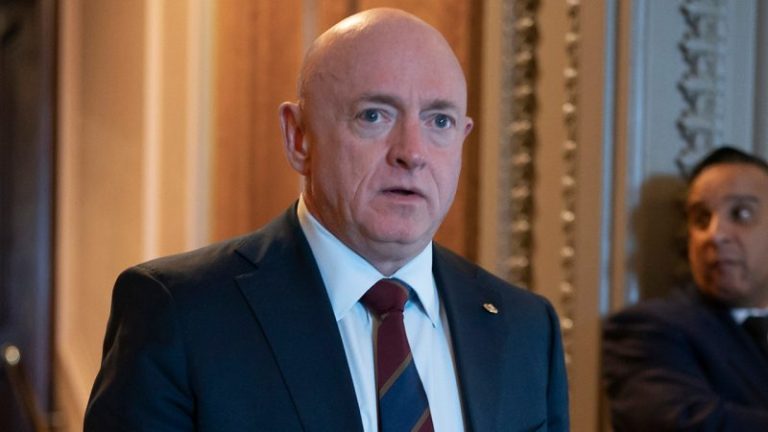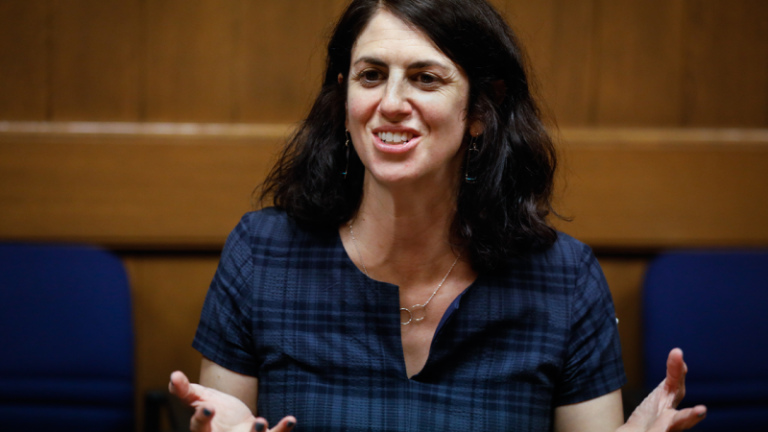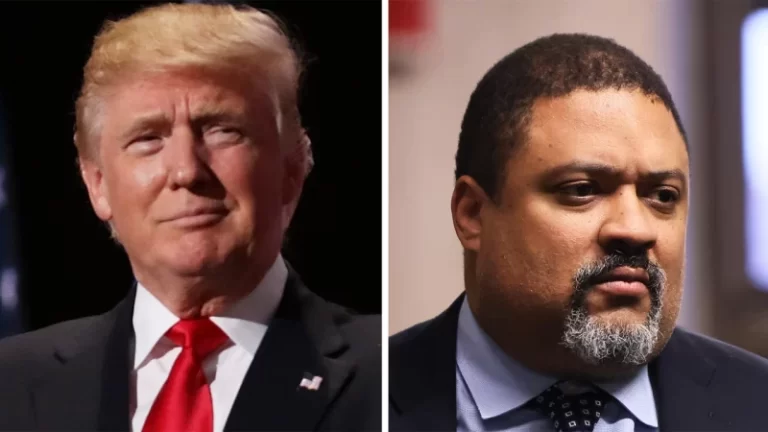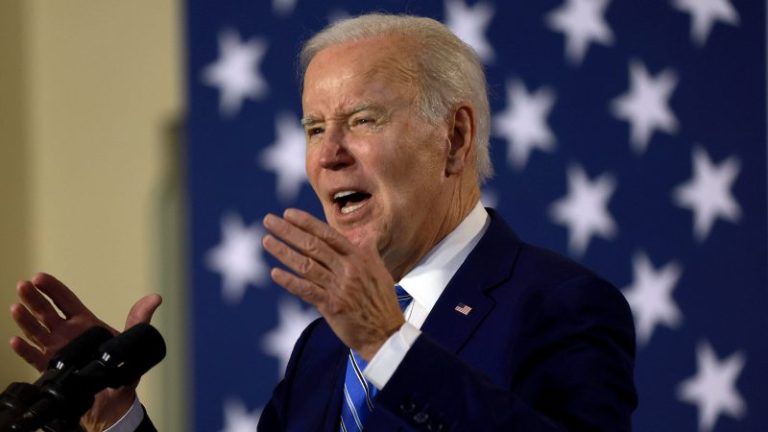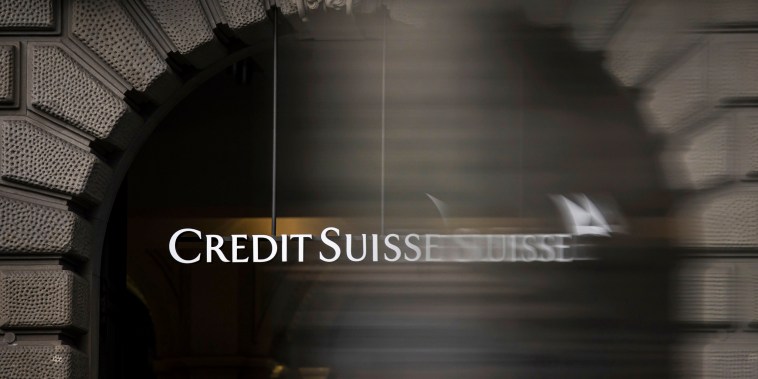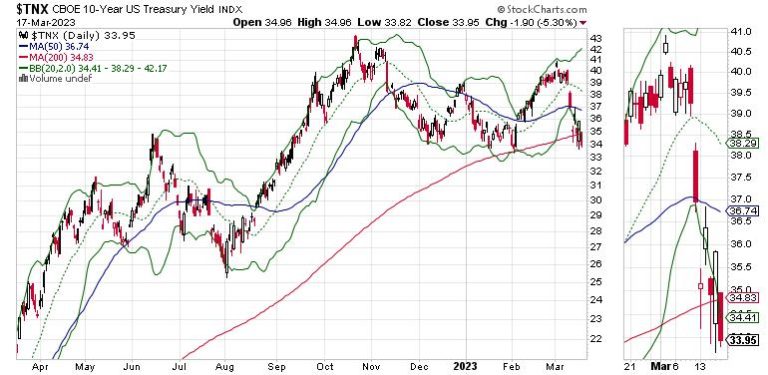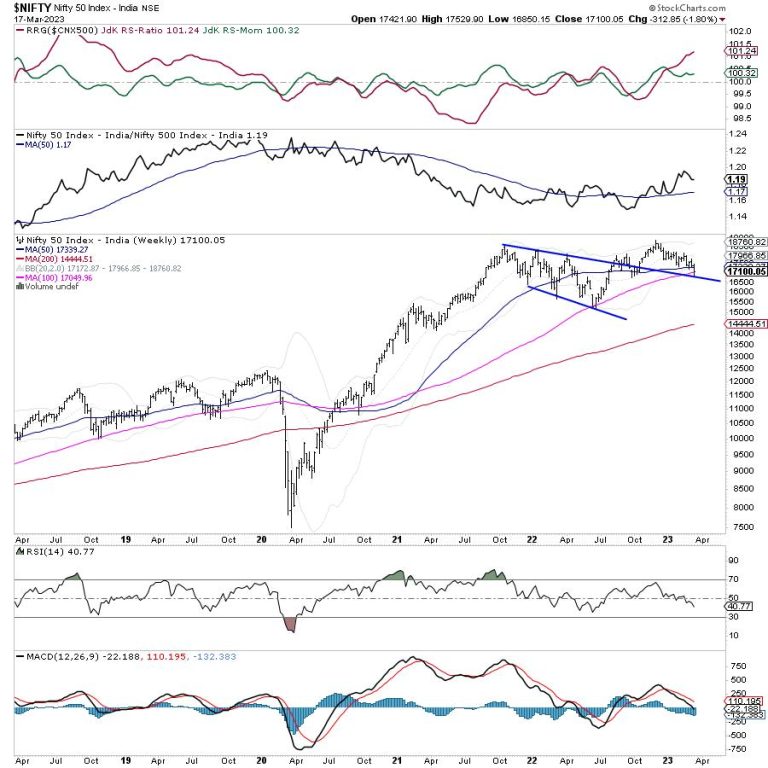It’s going to be a nailbiter for the next few day. The situation for stocks seems to be getting worse by the day as the Federal Reserve and the FDIC scramble to “reassure” depositors that their money is safe, despite a growing list of banks joining the ranks of the insolvent and the potentially insolvent.
The longer Mr. Powell waits to restart QE, the worse things will get.
My stance on the market’s liquidity is well documented. Subscribers to my service have been prepared for a market decline. But there’s more to what’s happening on a macro level, which is worth considering.
With an upcoming FOMC meeting on 3/21/23, the uncertainty will rise. Let’s hope the Fed decides not to follow in the steps of the ECB, whose 50-basis point rate hike, rationale for the move, and the follow-up comments from ECB President Lagarde were stunning.
Unfortunately, according to CNBC, the Fed is poised to raise rates by 25 basis points. It’s hard to predict how that will play out, especially with what will likely be a very uncomfortable press conference to follow the announcement.
On the other hand, if more disasters unfold before the meeting, the Fed may be forced to change its plans.
Stay tuned.
MELA Update: It’s the Stock Market that Drives the Economy
Familiar readers know about the M.E.L.A. system, a term that I coined a few years ago to describe the current relationship between the stock market and the economy. In a nutshell, where in the past the economy’s status influenced the action in the stock market, due to globalization and the decrease in manufacturing in the U.S., the stock market became the driver for the economy.
What that means is that bear markets in stocks are bad news for the economy. That’s because, when stocks fall, they lead to a decrease in value in 401 (k) plans, IRAs, trading accounts, and, more recently, in crypto accounts.
Those accounts are the backbone of the economy, as bankers use their values to make decisions about whether to approve a loan, such as a mortgage or a car loan. It’s also known as the wealth effect. When the value of these accounts falls, people are less likely to buy cars and houses, or to take expensive vacations. At the same time, the fall in value of these accounts leads to bankers being less willing to lend money to those who wish to make big purchases despite of the market conditions.
In other words, when the market falls, so does economic activity, because consumers don’t want to spend money in fear of the future and banks don’t want to lend money to people who’ve lost 20% of their retirement fund because of a bear market.
The bottom line is that the resumption of the bear market in stocks has all but confirmed a MELA recession. And I’m not alone in this thought. The bond market agrees.
Bond Yields Start a New Down Trend
The U.S. Ten Year note yield (TNX) yield has broken below 3.5%, a sign that bond traders are no longer fearing inflation as much as they are predicting a significant slowing in the U.S. economy. The decline accelerated on 3/17/23 after the release of the Leading Economic Indicators (LEI), which fell for the 11th straight month; led by a fall in consumer expectations.
The cause is the Fed’s rate hikes, which are crushing small and medium banks’ deposits and capital structures. In addition, higher rates are making the problems in the economy worse including: commercial real estate defaults, layoffs in the technology sector, the ongoing war in Ukraine, and now the specter of Medicare cuts.
Regular readers were advised of the possibility of this situation developing here and here.
Even more important will be the action in the homebuilder stocks, which, by and large, have been delivering reduced, but much better than expected, earnings and revenue results. The most recent results came from Lennar (LEN), whose $6.5 billion in revenues was above last year’s $6.2 billion for the same quarter. Earnings were $2.06 per share vs. $1.69 per share in the prior year. These are very current numbers and offer a picture of what’s happening in 2023 as the quarter ended in February.
Inside the report several metrics stood out:
Orders for new homes were above expectations;Order backlog exceeded analyst expectations;Average delivery price for new homes was above expectations;Financial services unit (company financed mortgages) revenue was higher than the prior year; andIncome from building multi-family homes has been rising.
The stock remains in a bullish uptrend, with Accumulation/Distribution (ADI) and On Balance Volume (OBV) rising as money moves into the shares.
LEN, in which I own shares, is one of several homebuilder stocks featured at Joe Duarte in the Money Options. Check them out with a free trial to my service here.
The Fed Needs to Act Quickly
All of which brings me to the fact that the Fed has been diddling around the edges as it focuses on the “banking crisis,” instead of on the effect its higher interest rate crusade has had on MELA. In other words, the Fed is missing the point. By focusing only on the banking issue, they are ignoring the rest of the economy, which is vulnerable to the events in banking but more vulnerable to the fall in stock prices.
If the stock market doesn’t recover, even if the banking sector holds up, there won’t be anyone to lend money to, as the most common wealth meters — 401 (k) plans, IRAS, and trading accounts — will have lost significant amounts of value. This, in turn, would make it difficult for banks to lend money to potential clients who would be seen as poor risks.
The market is sending a clear message to the Fed. Aside from falling bond yields, the Eurodollar Index (XED), which I use as measure of market liquidity, is on the rise. This means that the market is forecasting lower short-term rates from the Fed. I wish I was a fly on the wall at the Eckles building on Tuesday, March 21, 2023.
Incidentally, I recently posted a series of articles offering more details on how SIVB imploded, where the strength is in the market, thoughts on my shopping list and what may follow at my Buy me a Coffee page.
Slipping Further into Bear Market Territory
The technical environment for stocks completely reversed last week and got a bit worse on 3/17, as the New York Stock Exchange Advance Decline line (NYAD) broke below support at its 200-day moving average. If this is not corrected soon, we may look back at this moment as the resumption of the bear market.
Meanwhile, the S&P 500 (SPX) recently fall as low as 3815 or so and continues to straddle its 200-day moving average. On Balance Volume (OBV) for this index is very bearish now, signifying that sellers are in control.
For its part, the Nasdaq 100 Index (NDX) held up better than SPX as strength in the semiconductor stocks countered weakness in biotech and banking. This is a positive, for now.
The CBOE Volatility Index (VIX) is in an uptrend, which is bearish.
When VIX rises, stocks tend to fall, as rising put volume is a sign that market makers are selling stock index futures in order to hedge their put sales to the public. A fall in VIX is bullish, as it means less put option buying. It eventually leads to call buying, which causes market makers to hedge by buying stock index futures, raising the odds of higher stock prices.
The market’s liquidity is not out of the woods yet. The Eurodollar Index (XED) has found new support at 94.75, but has not moved back above 95, which would have been a very bullish development. Usually, a stable or rising XED is very bullish for stocks. On the other hand, in the current environment, it’s more of a sign that fear is rising and investors are raising cash.
You can learn more about how to gauge the market’s liquidity in this Your Daily Five video.
To get the latest up-to-date information on options trading, check out Options Trading for Dummies, now in its 4th Edition—Get Your Copy Now! Now also available in Audible audiobook format!
#1 New Release on Options Trading!
Good news! I’ve made my NYAD-Complexity – Chaos chart (featured on my YD5 videos) and a few other favorites public. You can find them here.
Joe Duarte
In The Money Options
Joe Duarte is a former money manager, an active trader, and a widely recognized independent stock market analyst since 1987. He is author of eight investment books, including the best-selling Trading Options for Dummies, rated a TOP Options Book for 2018 by Benzinga.com and now in its third edition, plus The Everything Investing in Your 20s and 30s Book and six other trading books.
The Everything Investing in Your 20s and 30s Book is available at Amazon and Barnes and Noble. It has also been recommended as a Washington Post Color of Money Book of the Month.
To receive Joe’s exclusive stock, option and ETF recommendations, in your mailbox every week visit https://joeduarteinthemoneyoptions.com/secure/order_email.asp.

